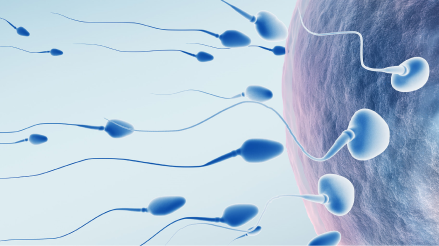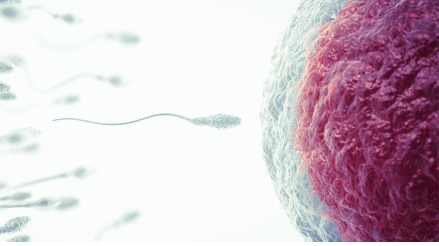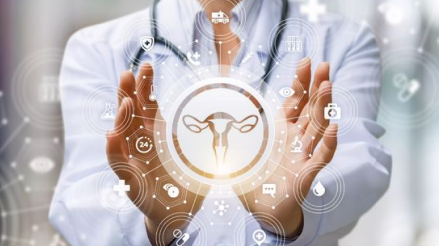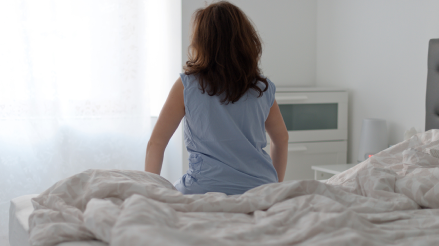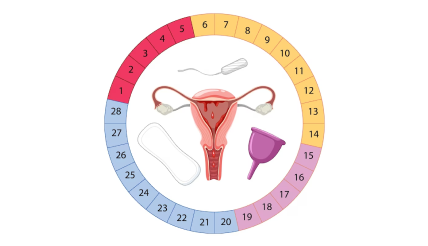You may also like…
Getting to know my reproductive system !
Here’s a primer on how to conceive, but before that understand your reproductive system...
First up, we have the uterus...
Also known as the womb. It's got the shape of a pear, measuring about 7-8 cm long and 5 cm wide. But don't underestimate its flexibility! During pregnancy, it can stretch like a champ as the baby grows. Inside, the uterine lining, called the endometrium, is the ultimate VIP lounge for the growing baby, complete with a bunch of blood vessels to provide nourishment. But when there's no baby on board the endometrium (inner lining of the womb) knows how to let loose by shedding during that oh-so-fun phenomenon called menstruation. Time to break out the chocolates and heating pad!
Now, let's talk about the cervix...
This is the lower part of the uterus, kind of like a tramp connecting the outside vagina to inside uterus. It ensures that things are in order, letting the good stuff pass through while keeping out any unwelcome visitors.
Next, meet the “dynamic duo” known as the fallopian tubes...
These tubes are the bridges connecting the ovaries (egg-making machines) and the uterus. They're about 10 cm long (each!) and play a crucial role in transporting the eggs (or as we like to call them, the ovum)
Now, let's give a shout-out to the ovaries...
The ultimate powerhouses of the female reproductive system. These fabulous female sex glands are situated on each side of the uterus, doing their thing like total rockstars. Inside, you'll find millions of ovarian follicles, each one holding the potential to produce an egg. They make not only the female hormones like estrogen and progesterone, but also throw in some male hormones like testosterone and androstenedione, just to keep things interesting.Trying to conceive can be an exciting journey, but it's important to remember that it may take some time and patience. Infertility is defined as not being able to get pregnant after a year of unprotected fun under the sheets. However, if you're a fabulous woman of 35 years or older, some providers may start evaluating and treating your baby-making abilities after just six months.


